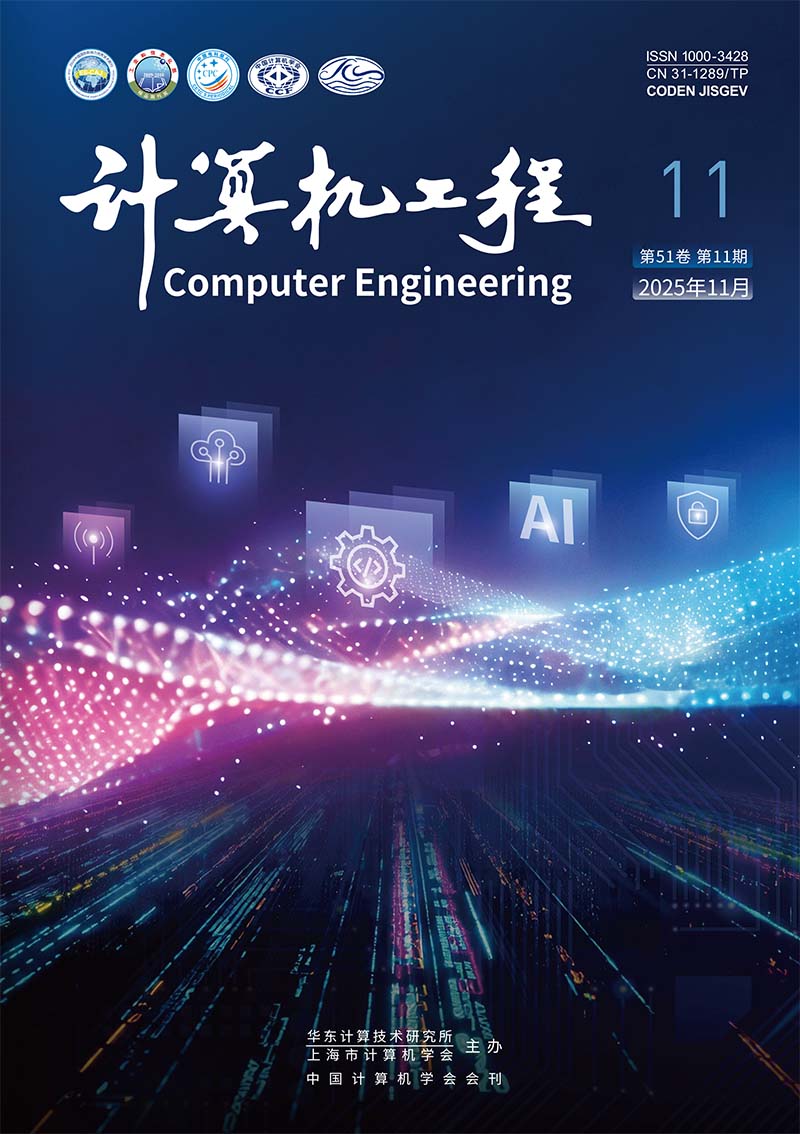Academic Misconduct Process
Academic Misconduct Process
Computer Engineering upholds ethical standards for scholarly publications when producing journal content. To protect the rights of authors and readers, all submitted manuscripts will undergo multiple turns of strict inspection in accordance with the editing and publishing process. Any identified academic misconduct will result in rejection, a warning to the author, or a public notice, depending on the specific instances.
The inspection and handling process is as follows:
Identification of Academic Misconduct
Submitted manuscripts are screened by the Academic Misconduct Literature Check System (AMLC) developed by the China National Knowledge Infrastructure (CNKI). Manuscripts with a similarity score exceeding 20% will be sent, along with the source text, to our reviewers for assessment of the type and severity of the misconduct. The criteria for identifying academic misconduct are as follows:
1. Copy the work of others word for word, or almost word for word.
2. Change the type of another person’s work and present it as the author’s own creation; or change the specific rendering of another person’s work and present its copyrighted elements as the author’s own creation.
3. Borrow others’ copyrighted opinions, schemes, material, data, etc., without giving explanatory notes or citing the sources.
4. Fabricate or tamper with research results, survey data, experimental data or literature material.
5. Duplicate submissions.
6. Controversy over author signatures, the order of authorship, and the institutional affiliations of authors.
Handling of Academic Misconduct
1. We will inform the author of the identified academic misconduct in his/her article. The author is given an opportunity to respond to the allegation before we make the final decision.
2. If the submitted manuscript has not been accepted, the editorial office of Computer Engineering will immediately cease processing the manuscript and reject it. We will also give the author criticism for the academic misconduct.
3. If the submitted manuscript has been accepted but not yet published, the editorial office of Computer Engineering will revoke the acceptance qualification and reject it. We will also criticize and warn the author, and document his/her academic conduct.
4. If the article has been published, the editorial office of Computer Engineering will retract it from our official website and notify our partner databases to remove its online editions to prevent further dissemination. We will also require the author to refund the author payment for this article. The editorial office reserves the right to demand additional compensation if the academic misconduct results in damage in the reputation of the journal or other losses.
5. In response to serious academic misconduct, the editorial office of Computer Engineering will post a notice on our official website announcing the retraction of the article, including the author’s name and affiliation. We will also notify his/her institution and other academic journals in this field of the academic misconduct.
6. Once an author is found responsible for severe plagiarism or duplicate submissions, Computer Engineering will not accept articles written by them as the first author for a period of 2 years.
Handling of Author’s Appeal
If the author disagrees with the decision made by the editorial office of Computer Engineering, they can lodge a written request for a review of the decision within 10 days of receiving the notification (requests received after the deadline will not be accepted). The editorial office will invite experts to review the suspected article, and will inform the author of the final decision within 30 business days.
The editorial office of Computer Engineering reserves the right for final explanation of the above policy starting from the date of its release.


